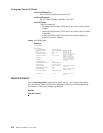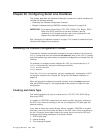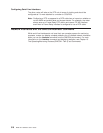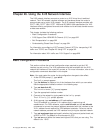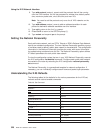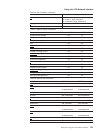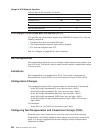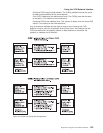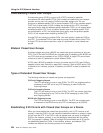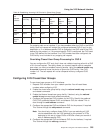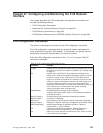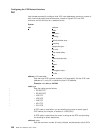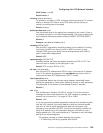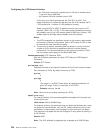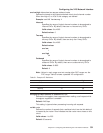
Understanding Closed User Groups
A
closed user group (CUG)
is a group of X.25 DTEs allowed to establish
connections with other specific DTEs. CUG numbers are defined by your network
provider and you can only use the CUGs the provider assigns you. You can
configure an address-specific CUG, a protocol-specific CUG, or an interface-specific
CUG. If all of three types of CUG numbers are configured for a DTE, the closed
user group facility uses the address-specific destination CUG in a call request when
contacting another DTE. If only a protocol-specific and an interface-specific CUG
are configured for a DTE, the closed user group facility uses the protocol-specific
CUG in a call request when contacting another DTE.
A single DTE can belong to multiple CUGs. You must specify a preferred CUG for
that DTE. The preferred CUG is used when the router initiates calls to other DTEs.
A single DTE cannot have more than a total of 5 preferred or normal closed user
groups.
Bilateral Closed User Groups
A
bilateral closed user group (BCUG)
is a closed user group consisting of only two
DTEs. The DTEs within the BCUG can originate calls to members of the BCUG and
any DTEs that are not members of any CUG or BCUG. A single DTE cannot have
more than a total of 5 preferred or normal bilateral CUGs.
A DTE uses a BCUG to establish circuits in the same way the DTE uses CUGs to
establish circuits (see Table 49 on page 325), however, if both a BCUG and a CUG
is defined for an interface, protocol, or address, the BCUG is used to establish the
circuit.
Types of Extended Closed User Groups
The following extensions to closed user groups are supported:
CUG with Outgoing Access
The DTE can belong to one or more CUGs. The DTE can originate calls to
members of the CUG and to any DTE belonging to other CUGs with
Incoming Access.
CUG with Incoming Access
The DTE can belong to one or more CUGs. The DTE can receive calls from
DTEs not belonging to any CUG or from DTEs belonging to other CUGs
with Outgoing Access.
BCUG with Outgoing Access
The DTE can belong to one or more BCUGs. The DTE can originate calls
to members of the BCUG and to any DTE not belonging to any BCUG.
Establishing X.25 Circuits with Closed User Groups on a Device
When you have enabled the closed user group facility, and a DTE receives a call
request, it uses the CUG in the call request to determine whether to accept or reject
the call from the DTE. If the CUG in the call request does not match a configured
CUG on the interface, protocol, or on the destination associated with the calling
DTE, the request is rejected. Table 49 on page 325 summarizes how X.25 circuits
are established based on CUGs, if the interface, protocol, and address CUG
numbers are different and incoming access is not enabled.
Using the X.25 Network Interface
324
MRS V3.2 Software User’s Guide



